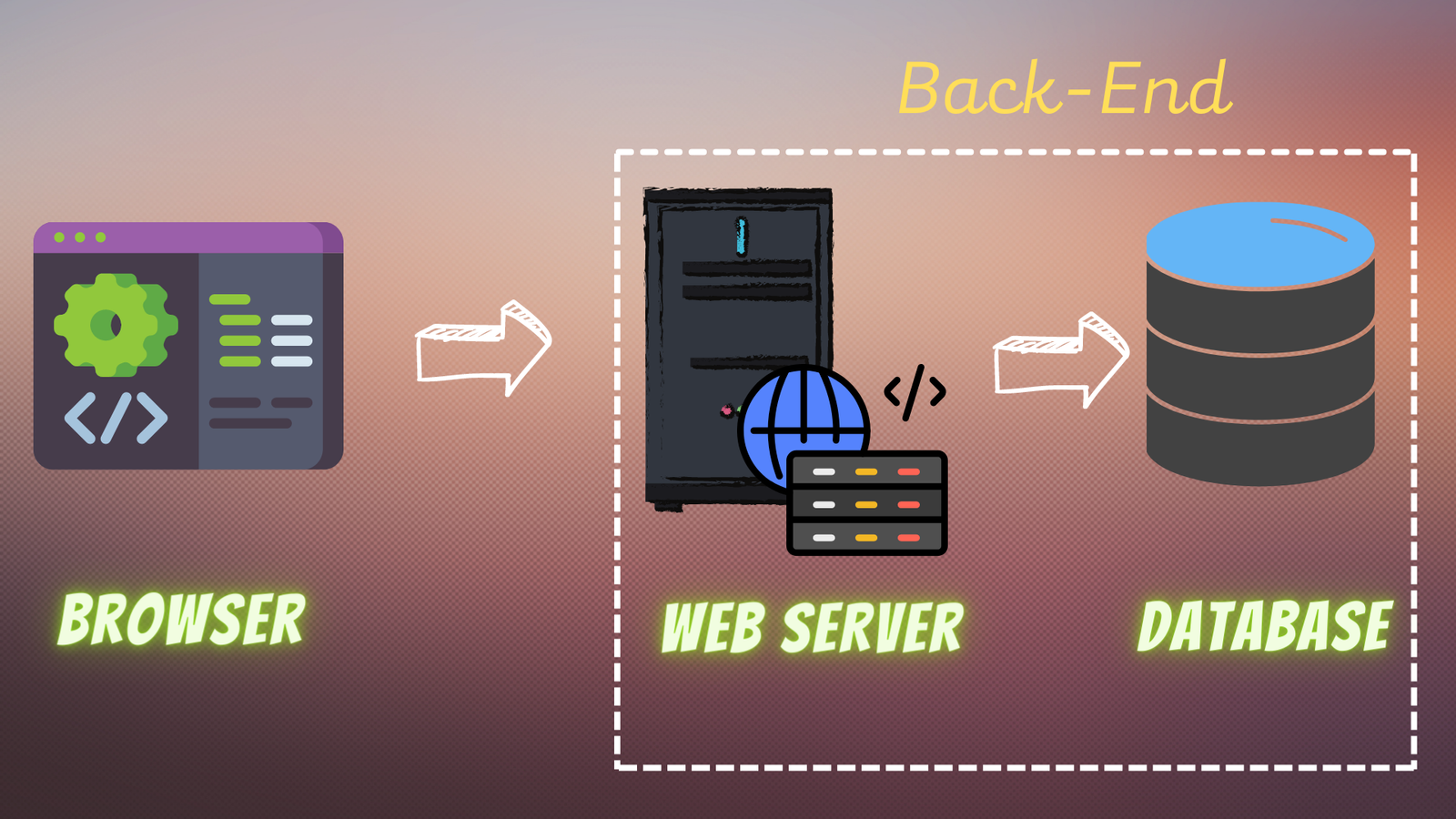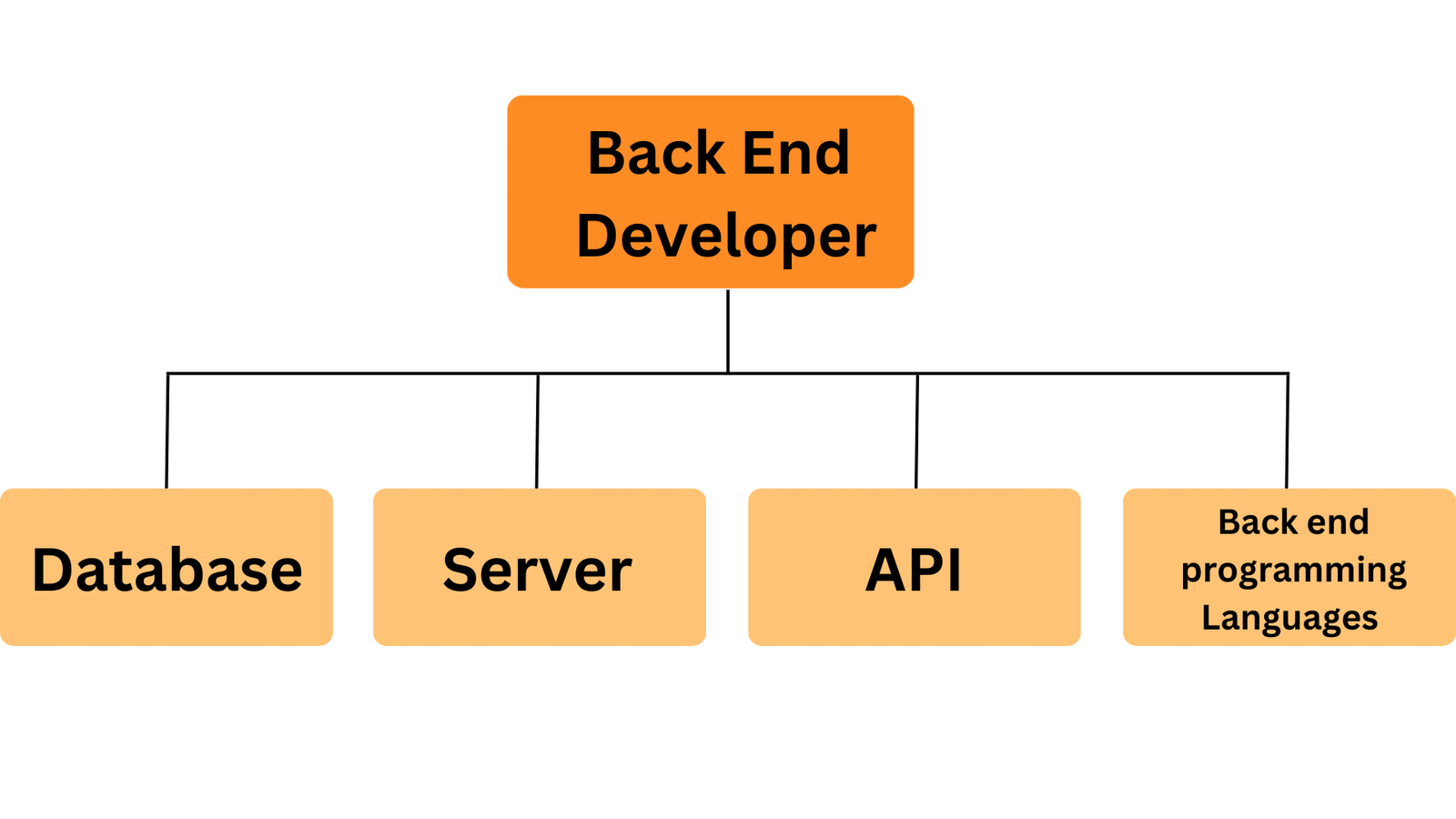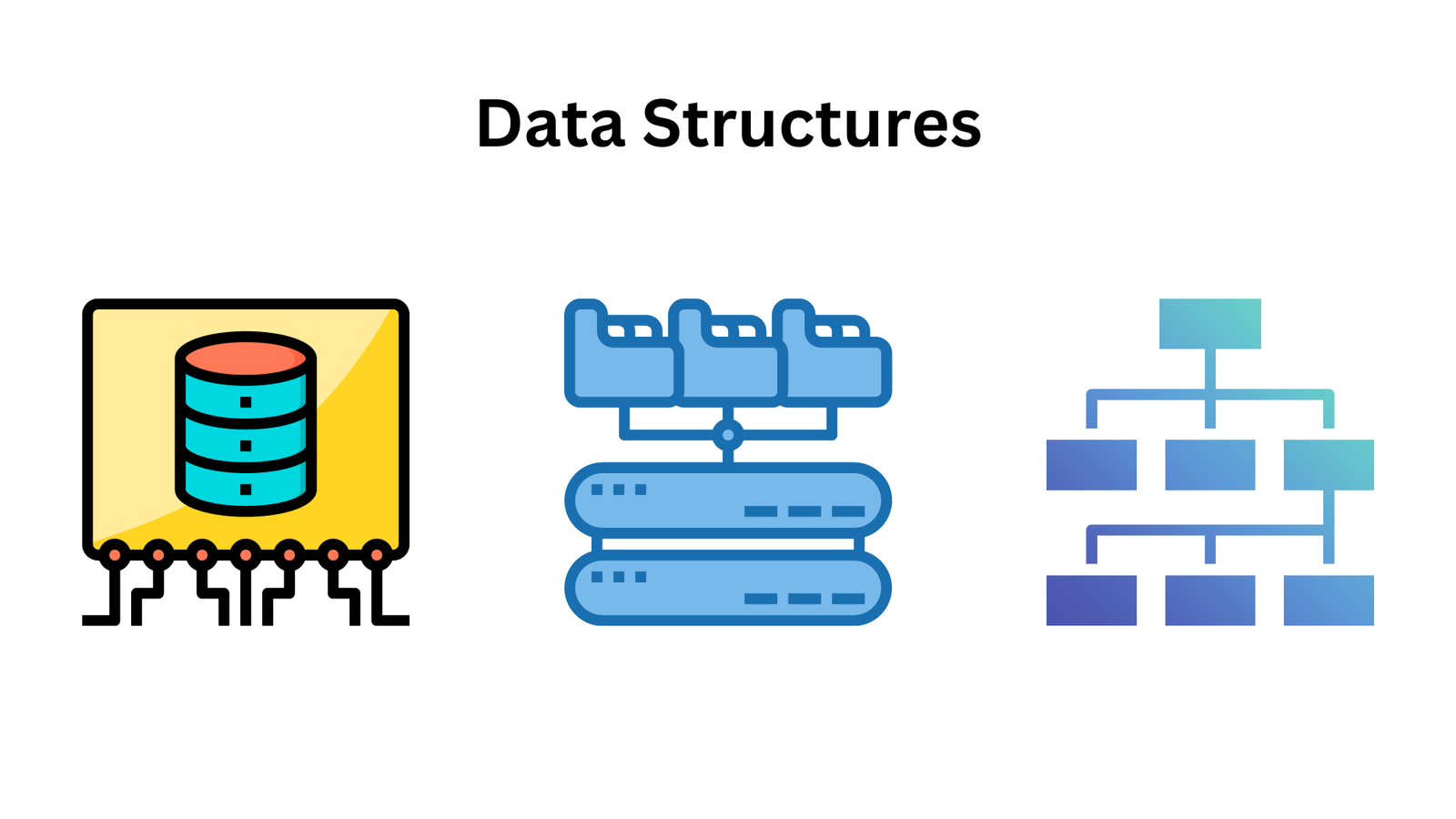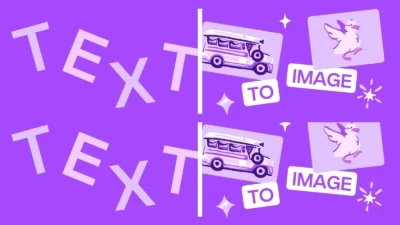Have you ever wondered what happens on a website in the background? What exactly happens when you click a button to go to another page? And what happens to your private data when you register for a free trial? And who is back end developer?
The professionals that create and manage the systems that allow websites to handle data and carry out operations are known as back-end developers. Back-end developers are involved in server-side tasks that you cannot see, such as data storage and security, in contrast to front-end developers who are in charge of everything you can see on a website.
What is Back End Development?
Back End Development is the process of creating and maintaining the web applications that make up a website or application. This can include everything from coding the back-end of a website to ensuring that all pages load quickly and without errors. It also includes regular maintenance, updates and testing to make sure your site is always up and running properly.
Back-end developers create and maintain applications and databases that power websites and web-based programs. Typically, back-end development involves creating new features and functionality in existing software, while front-end developers focus more on visual design and user experience.

Back End developer skills
To become a good back end developer, following skills are needed to be learned.
- Back end programming languages
- Database and Cache
- Server
- API ( REST & SOAP )

Back End Programming Languages
There are two types of back end programming languages
- Object-oriented ( OOP )
- Functional
Object-oriented (OOP)
It is a design pattern for computer programmes that is based on the idea of classes and objects. It is employed to organise a programme into easy, reusable pieces of code (referred to as classes), which are then applied to produce unique instances of objects. An abstract blueprint known as a class is utilised to produce more specialised and tangible things. Instances of a class are objects.
Statements are executed according to a certain sequence in object-oriented programming languages. Some examples of object-oriented languages iclude Python, Java and .NET.
Functional
A programming technique known as functional programming involves binding everything using mathematical functions. It is a method for building software that uses only pure functions. In contrast to OOP, functional programming languages do not use shared state or mutable data. They place more emphasis on declarations and expressions than on execution.
Declarative syntax is used in functional programming languages, which implies that statements are frequently executed in a random sequence. Some of the popular functional languages include Clojure, Haskell, R and SQL.
Types of Back End Languages
At least one server-side or backend programming language should be familiar to backend developer.
Languages
- C
- C++
- C#
- Java
- JavaScript
- Python
- PHP
- Ruby
- Perl
- Swift
- Go

Frameworks
- Laravel (PHP)
- Django (Python)
- Spring (Java)
- Ruby on rails (Ruby)
- Node.js (JavaScript)

Database
To manage user data, every website needs a database. A database keeps track of the information and site content in a way that makes it easy to retrieve, organise, change, and save data. A backend developer should be proficient in different DBMS systems.
There are two different kinds of databases on the market:a
SQL
A SQL database is one in which the data is organised in tables, each of which is strongly connected to every other table. SQL databases process queries and provide results in response to them.
NoSQL
Unlike SQL, there is no requirement for data structuring in a NoSQL database. Most NoSQL databases operate using XML (Extensible Markup Language). and JSON (JavaScript Object Notation)
Databases
- MySQL
- MongoDB
- Oracle
- SQL Server

Server
Today’s web applications all operate on servers, which are remote computers. The computer system that accepts requests for web-based files, such as HTML, CSS, Javascript, etc., and provides those files to the client is referred to as a “server” in the context of the internet.
Most servers are never switched off since they are the most frequently utilised medium for delivering basic service. A backend developer must understand this aspect of the servers.
Servers
- Apache
- Nginx
- IIS servers
- Microsoft IIS

APIs ( Application Programming Interfaces )
Through the use of APIs, the entire internet functions. Application Programming Interface, or API, is a channel via which two pieces of software can communicate with one another.
A collection of guidelines and standards known as an API enables online communication between various customers, programmes, or services. The server is the one who offers the API and the client is the one who consumes it when two systems are communicating.
The server receives a request from the client or user and gives back a response based on the request using APIs.

The communication is done by four methods through HTTP such as :
- PUT: a replacement for an existing resource.
- GET: a method for finding resources.
- POST: a method for adding new resources.
- DELETE: a resource deletion command.
Since APIs are a means of transferring data, backend developers should be well-versed in them. In most cases, APIs serve as a bridge between the databases and the backend, allowing developers to get user data. Python, NodeJS, and other languages and frameworks are used by backend developers to build APIs. Frontend developers may then use these APIs to collect data, display it on the frontend of websites, and improve user experience.
The two most well-known abbreviations for API data are JSON (for JavaScript Object Notation) and XML (for eXtensible Markup Language).
Types of APIs ( REST & SOAP )
What is REST ?
REST was created especially for working with elements on a specific hardware device, including media components, files, and even objects. A RestFul web service is any web service that is defined in accordance with the REST principles. For interacting with the necessary components, a restful service would employ the standard HTTP verbs of GET, POST, PUT, and DELETE. Representational State Transfer is referred to as REST.
What is SOAP ?
Prior to the invention of REST, the SOAP protocol was created. The fundamental goal in creating SOAP was to make data sharing between applications written in various platforms and programming languages simple. Simple Object Access Protocol is referred to as SOAP.
Back End Skills in Demand
Algorithms – The cornerstone for solving problems is an algorithm. They choose the strategy and the best technique for any specific issue. A backend developer’s ability to find employment is constrained by a lack of understanding in this area. One or more of the algorithms a backend developer should be familiar with is:

- search techniques like depth-first and breadth-first search.
- bubble sort, selection sort, insertion sort, merge sort, rapid sort, etc. are examples of sorting algorithms.
- iterative and recursive algorithms
Data Structures – Data structures rank as the most crucial skill for a backend developer, second only to algorithms. It serves as the foundation for the organisation, access, and modification of data in programming. Among the data structures a backend developer should be familiar with are:

- Operations on arrays.
- Function lists.
- The hash tree and hashmap concepts.
- A tree and the actions taken on it.
Summary
As i mentioned all the information about back end developer, it is not necessary to learn all the skills some basic skills will be enough to start a jor or carrier. In the path to a developer you will learn all the skills. But atleast you should know one back end language, know atleast about one database and little about server then you are good to go.
TOPS 5 BACK END RELATED QUESTIONS
- What is front end development?
- What is software?
- What is a computer?
- Difference between front and back End developer?
- More about programming languages?
Sharing is Caring, don’t forget to share POST with your friends

















[…] Also Read: What is Back End Development […]